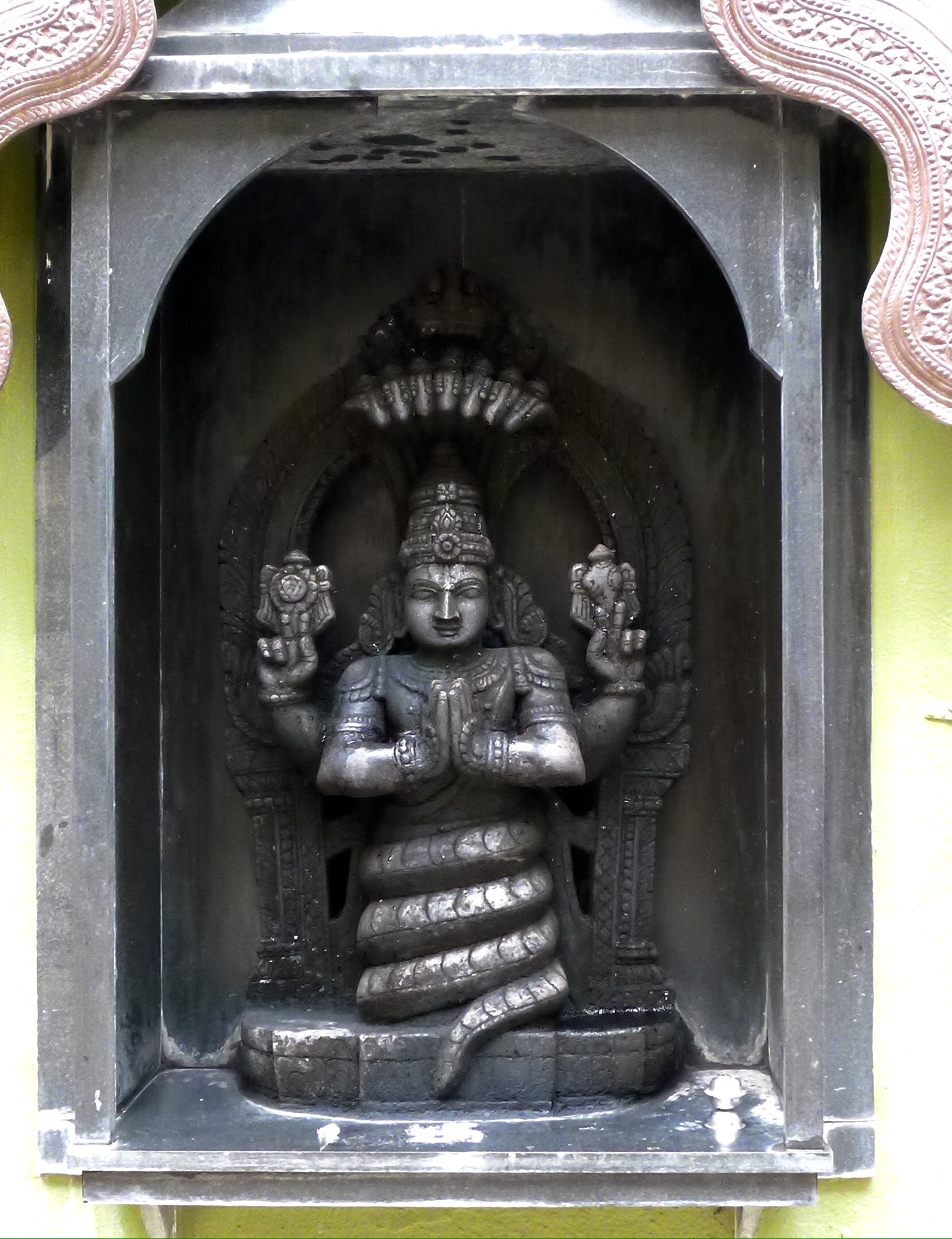Class Sixteen
Prashant started his two hour lecture today where he left off yesterday, expanding on “Learn to do, then do to learn.” Not only should we do to learn we should “do to prepare, do to sense, do to perceive, do to investigate, do to experiment, do to try, and not just do to do.” Certainly a wordsmith could rearrange these pairs into a cool yoga rap or poem. Prashant is like a rapper, in that his words flow quickly and repetitively (and unintelligibly) throughout his class.
There was more this morning that I cannot give justice to. Snippets of what he says come and go. It is like separating the wheat from the chaff, yet with a very low yield. Somewhere in the mix was something like “Clarity comes from observation and investigation.” There was a thread about personal dharma. There was a criticism of “isms” at war with “isms”. That these wars stemmed from not knowing the self and that would be a better pursuit. There was a thread about activity and perception. For example, Prashant speaks the same words to all of us we each perceive something different. He is who he is and we bring who we are to the table.
He told a story today that everyone could understand and the entire room laughed. A bank manager was at home and his neighbor came over to complain about her husband. And because of whatever she was complaining about she took some action. The bank manager said “You’re right.” Then the woman’s husband came over to complain about his wife. And because of whatever he was complaining about he took some action. The bank manager said “You’re right.” Then the bank manager’s wife came into the room and said “You listened to both of them and told both of them that they were right!” And he said “You’re right!” Everyone chuckled. Prashant said that the bank manager was a man in business and that “the customer is always right” and so that is the bank manager’s paradigm. Listening to that story you could find many different meanings. And I think that is also part of the point.
Here’s what I remember about the sequence:
Sirsasana or rope Sirsasana or Dwi pada vipariti dandasana on the chair. Switch groups until everyone had a chance to hang.
Many options were next. It feels like a five ring circus and you switch and switch until you have done all or most (or avoid what you don’t want to do) until he adds another option.
Standing back arch
Ustrasana
Danurasana
Urdhva danurasana
Rope wall back arch
Eka pada vipariti dandasana on the chair
Everyone in salamba Sarvangasana
Savasana – There were 23 minutes left in class. We were here for almost ten glorious minutes, half of which Prashant was silent. Then he got us up to sit.
Swastikasana, twist right then left. Then he carried on with more lecture, ran out of steam and said, “That’s enough for today”. He turned off the mic and said his customary “Clear the hall”
